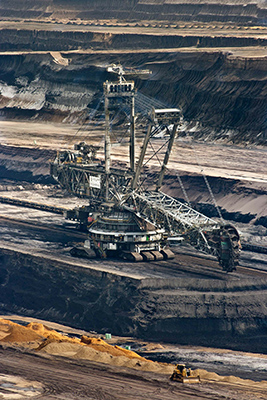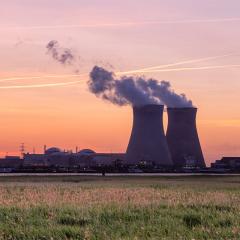As we emerge from the lockdown phase of the pandemic, there are many lessons to learn. One is that when given credible warning of an existential threat, it is better to act early and risk doing too much than to delay acting and face a much bigger and harder to solve problem when the warnings turn out to be correct.
 While the pandemic will pass, one way or another, the problem of global heating, and its many consequences, is going to be with us for the rest of our lives, and those of our children and grandchildren.
While the pandemic will pass, one way or another, the problem of global heating, and its many consequences, is going to be with us for the rest of our lives, and those of our children and grandchildren.
Already the world has had decades of warnings, and has done little to heed them.
To hold the increase in global temperatures to 2⁰C, the world needs to reduce emissions of carbon dioxide by 25% over the next decades, and cut them to zero by 2050.
Current commitments are inadequate to achieve this.
In Australia’s case, the unjustified use of “carryover credits” means the government is actually proposing an increase in emissions over the next decade, with even larger increases likely in the future.
Quite simply, there is no way to prevent catastrophic climate change unless we stop burning coal to generate electricity, and do it sooner rather than later.
We need to switch 20-25,000 jobs
 As of 2020, coal-fired electricity generation is the only major use of carbon-based fuels for which we have a well-developed and affordable alternatives.
As of 2020, coal-fired electricity generation is the only major use of carbon-based fuels for which we have a well-developed and affordable alternatives.
For most other uses of carbon-based fuels, alternatives rely on using electricity, as in the case of electric vehicles and “green” hydrogen.
These alternatives are helpful only if the electricity that powers them is coal-free.
Read the full article by Professor John Quiggin at The Conversation.



